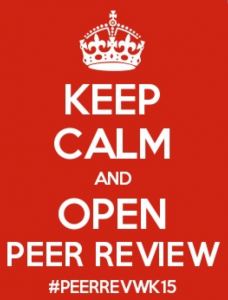
**That Was The Review Week That Was **If you’ve seen the #peerrevwk15 hashtag on social media, you may have noticed this week is the first ever Peer Review Week.


**That Was The Review Week That Was **If you’ve seen the #peerrevwk15 hashtag on social media, you may have noticed this week is the first ever Peer Review Week.
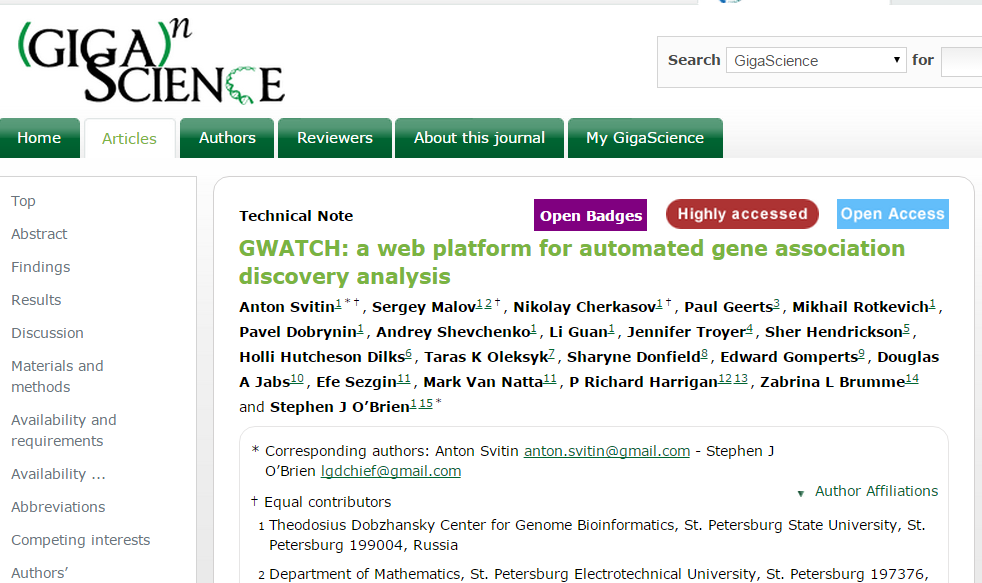
Today, GigaScience launched a project providing an alternative way to give authors credit for their work, contributing more to collaboration, transparency and better data. Amye Kenall tells us more about what this is and how it works. There is a clear need for better transparency and credit around authorship. In the current system researchers are evaluated by publications and the Impact Factor of journals in which they appear.

What does Neuroinformatics and The Great Barrier Reef have in Common? Both are faced with challenges and comprise of beautiful colourful entities that should be freely accessible and shared. This year’s International Neuroinformatics Coordinating Facility (INCF) Neuroinformatics 2015 meeting was held in the northern tropical Queensland city of Cairns, Australia.
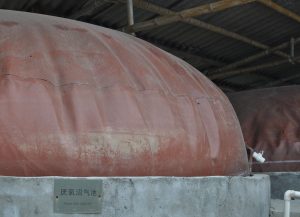
An anaerobic digester at BGI. Biofuels Research Shows the Utility of Container Publishing One of the most promising areas in biofuel development is biogas, which has huge potential as a renewable and clean source of energy.

While for much of its history since the great famine of the eighteenth century Ireland has been synonymous with mass emigration, the 23 rd ISMB (Intelligent Systems for Molecular Biology) meeting sailing into the regenerated “Silicon Docks” of Dublin last week was a homecoming of sorts for the annual gathering of the global Bioinformatics community.

**Open is the New Black **While the internet might still be raging over Tim Hunt’s comments about # distractlingsexy gender issues in the lab, and to a lesser extent Lior Pachtor’s recent provocative blog on the “myths” of bioinformatics code availability and licensing, here in Dublin this years BOSC conference was clear as ever about where they stand on both issues.

Ecology data in the 21st Century: multiscaled, and with “big” potential At GigaScience we are always promoting and finding new ways to foster open data, open science and reproducibility.
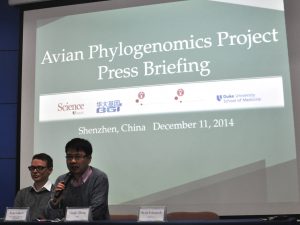
**Bird Genomes Rule the Roost **Yesterday marked the announcement by Guojie Zhang (pictured) in Nature of the launch of the Bird 10,000 genomes (B10K) project (see: http://b10k.genomics.cn/), an initiative to generate representative draft genome sequences from all bird species within the next five years. This ambitious project is the first attempt to sequence the genomes of all living species of a vertebrate class.

**All Cats (Microbiomes) are Grey? **Regular readers will have seen our interest in “community genome” projects, supported by crowdfunding and alternative means (fashion shows in case of the “peoples parrot”), and we’ve been pleased to see the Azolla fern and Cactus genome projects that we published guest GigaBlog postings from both achieve their funding targets.
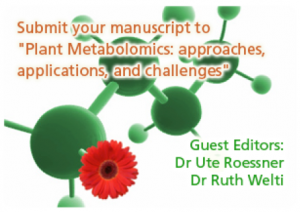
With our focus on large-scale biological data, mass spectrometry has been one area of particular interest and attention. Metabolomics involves the detection and quantification of small molecules (metabolites) in living organisms using mass spectrometers.